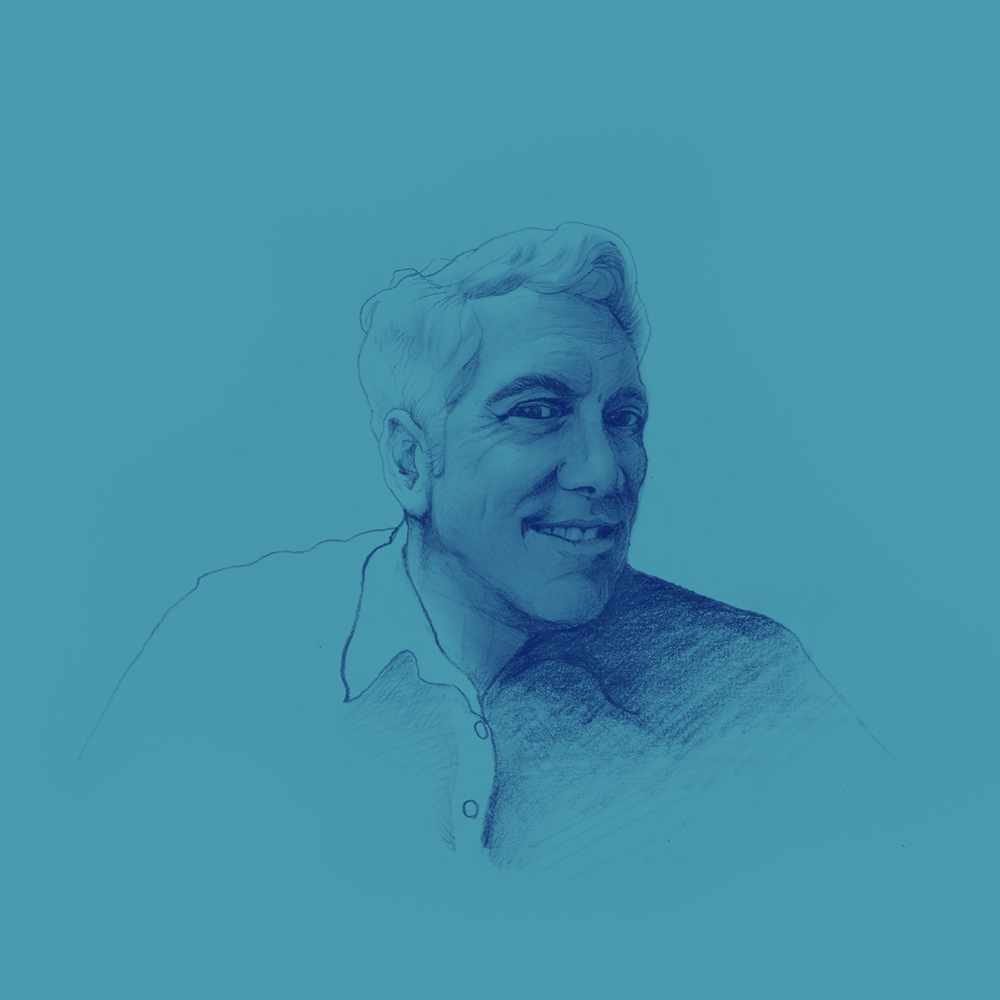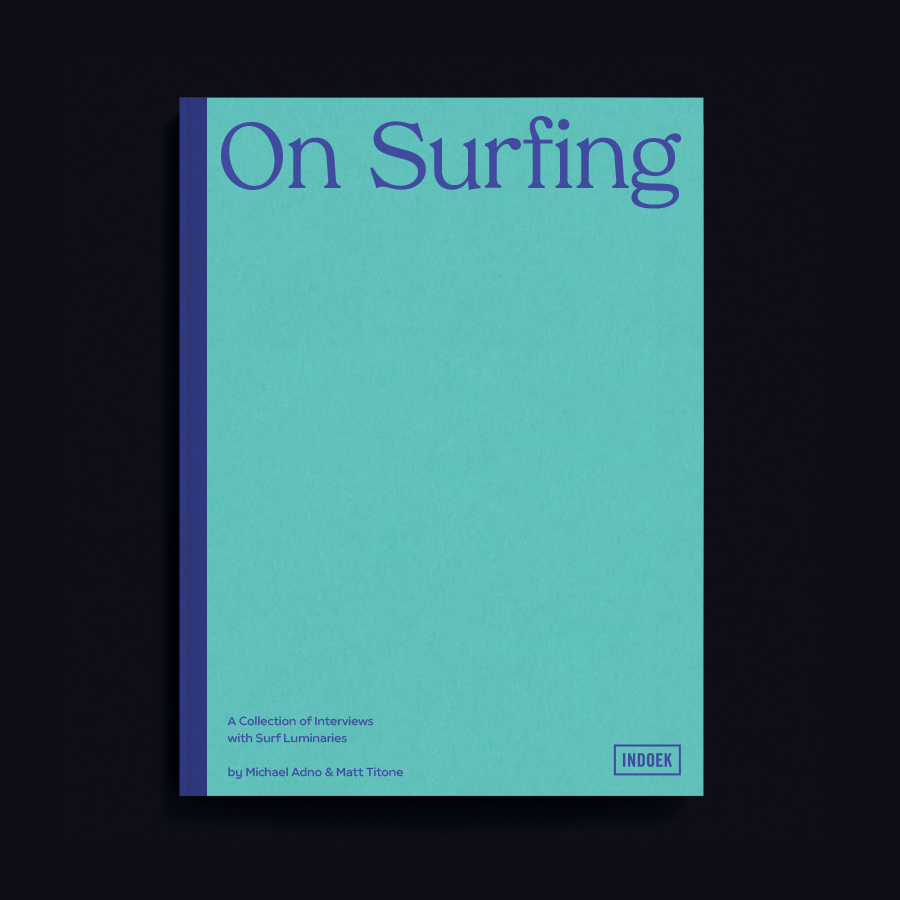Can you describe one of the most challenging aspects of surfing to you?
In my entire surfing life I have never been properly tubed going backside.
Maintaining a straight life is difficult. I haven’t been a hard core surfer in years. I find I have to avert my attention from surfing for weeks at a time to complete non-negotiable challenges: The maintenance of a lifelong marriage. The care and feeding of 132 pages every 60 days for 18 years. Family and side hustle considerations. Reading. There are only a few very exceptionable people who can balance it all and still surf every day. I’m not one of them. When I gorge, though, I make it count. For me, that means two-a-days for a week and a half, alone with a friend in the backcountry just steeped in the totality of it. At the right spot, it’s less like a quick carnival ride and more like climbing and dropping from lift to lift while sailplaning a ridge wave. You can really rack up some mileage. As your skill and fitness dissipates, you take your wins where you can find them.
What is one of the most redemptive or rewarding parts of surfing?
Well, it’s a daytime deal so it keeps you out of the bars.
What has surfing afforded you in your life?
I think for a lot of people it provides an identity. It gives the less curious or the under-read a reason to travel, which is great. I’ve seen knuckleheaded surf turkeys come back from a lap through Europe or Asia with a totally altered perspective. Without surfing, they never would have experienced that.
For me, surfing has worked as a conscience. When you drift from it, it’s there in the background saying, “See, this is why you feel like hell. This is why you’re black-assed all the time. This is why you have dark circles under your eyes. Because you haven’t been doing me.”
Once you’ve worn it like a skin for a couple of decades, you can be tempted to invest it with spiritual properties. Which is of course bullshit. But the intensity of experience can be so overwhelmingly beautiful, even on a seemingly nothing day, that it eclipses anything else I’ve experienced. Surfing can stave off depression, keep the color in your face, provide an excuse to ditch miserable tasks…stuff like that.
There are a lot of practices that mainline you into the wilderness, away from the kooks. Surfing is just one of them. But it’s the one we lucked into, right?
How long can you go without surfing?
Conceptually, about half an hour. I don’t know if this is universal, but there’s always a part of your brain climbing and dropping, doing little check turns before a long, sloping drop…mind surfing, they used to call it.
In practice, the longest I’ve gone was after knee surgery and that was maybe six months. These days, weeks and weeks can go by in a blur. You have to arrest that with the quickness or you’re in peril of falling off entirely.
How and when did you fall in love with surfing?
There was no single flashpoint, and love isn’t the right word in my case. It was more of a building, all-consuming obsession. As you rack peak moments and memories accrue, it just becomes more and more valuable. Maybe love is the right word.
What’s one of your pre/post-surf rituals you hold dear?
Like wax your feet or eat a banana or smoke a bowl? I guess I don’t have any. When I was coming up, it was about what you didn’t do. The coolest, most involved guys had the least gear, the most invisible presence. But you’d look up and they’d be in the pocket, just hauling ass with style. Not to conflate rituals with approach, but for me the most admirable cats showed no signifiers of surf culture when on land. Kind of West Coast Jazz meets Fight Club. So building surf magazines for 25 years is kind of hilarious. The irony is thick.
I do have rules, and sometimes they paint me into a corner. When I check a spot, if I don’t see a single unridden wave, I pass. It’s not because I can’t muscle my way into the hierarchy and pinch a few by luck or device. It’s just that I surf to get away from exactly that sort of experience. Which means I’ll never again surf a name brand California spot during a swell. I’m totally fine with that. There are options.


